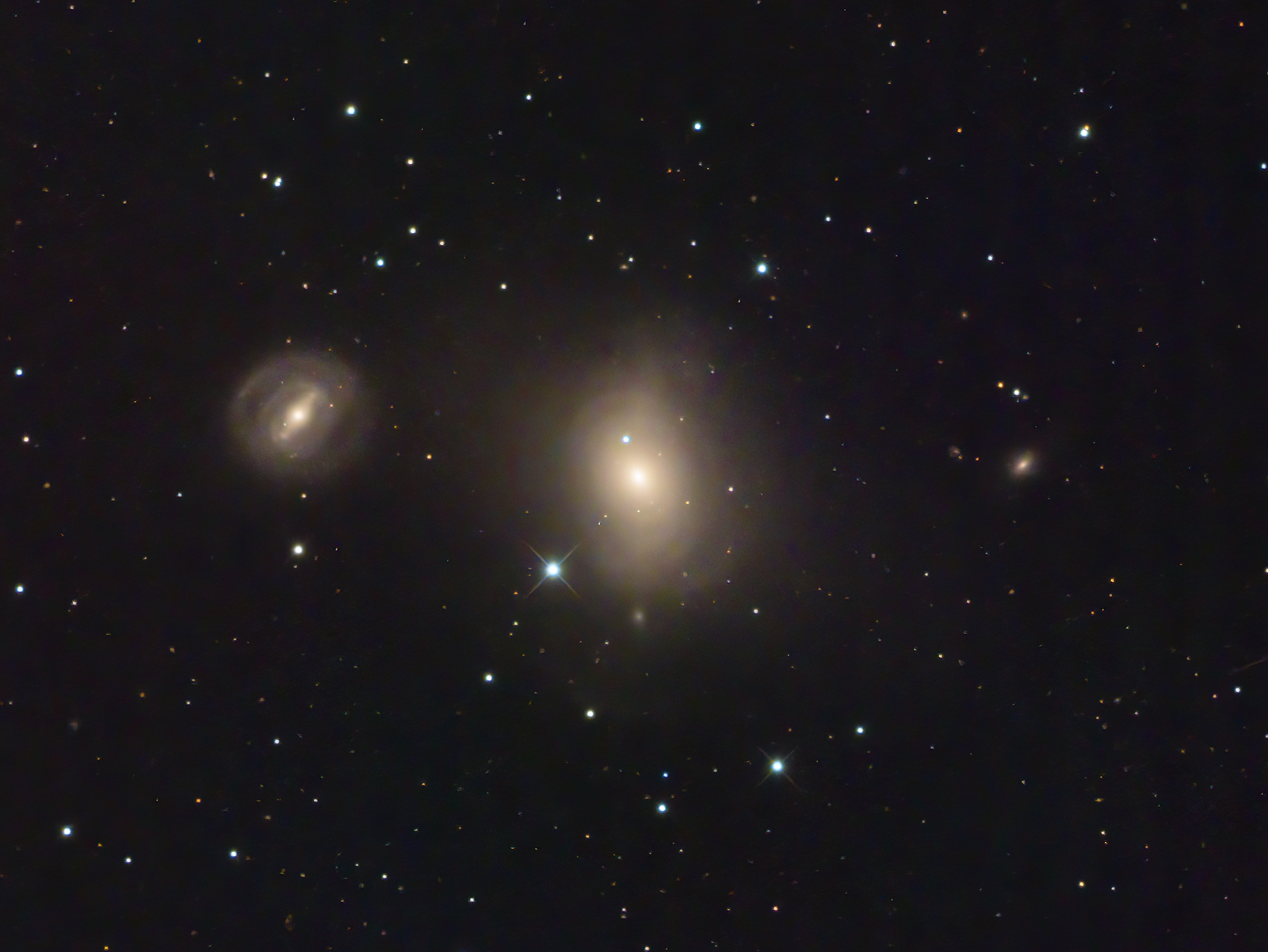Observation by David Davies: Messier 85 and its faint structures
Uploaded by
Observer
David Davies
Observed
2022 Mar 22 - 00:47
Uploaded
2022 Mar 31 - 09:52
Objects
Planetarium overlay
Constellation
Coma Berenices
Field centre
RA: 12h25m
Dec: +18°11'
Position angle: -0°07'
Field size
0°27' × 0°20'
Equipment
- QSI 683
- 8-inch Ritchey-Chretien
- Skywatcher EQ8
Exposure
25 x 5 min Luminance, 20 x 3 min RGB, binned 2 x 2
Location
Cambridge, UK
Target name
Messier 85 and its neighbours
Title
Messier 85 and its faint structures
Copyright of all images and other observations submitted to the BAA remains with the owner of the work.
Reproduction of work by third parties is expressly forbidden without the consent of the copyright
holder. By submitting images to this online gallery, you grant the BAA permission to reproduce them in
any
of our publications.


